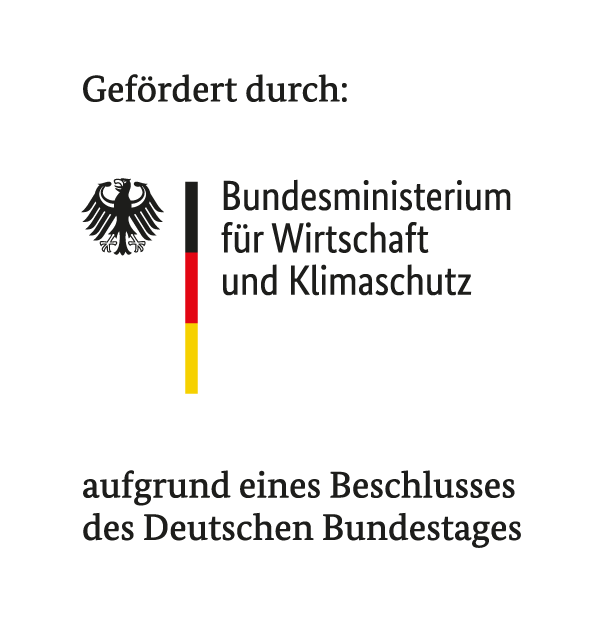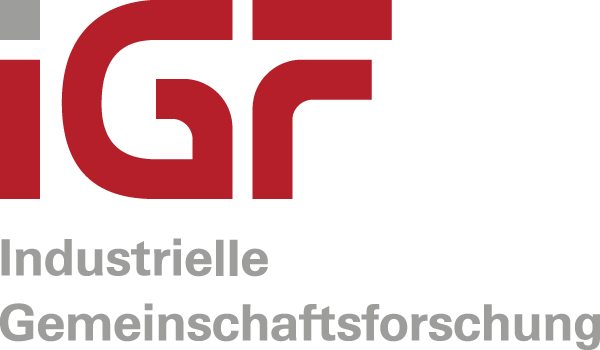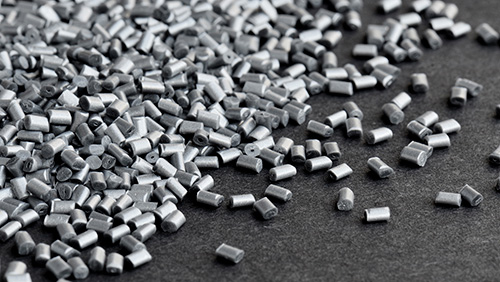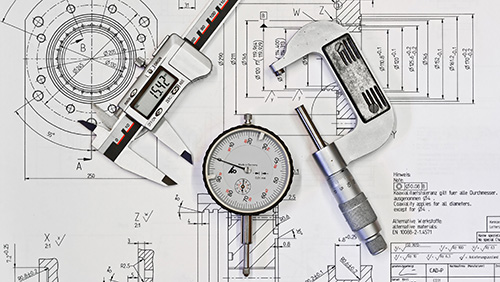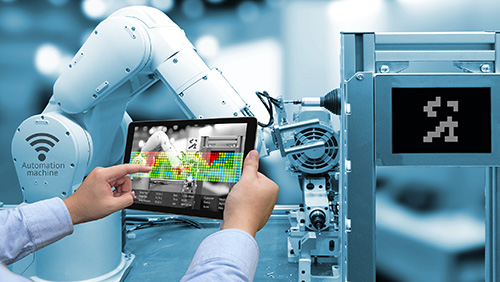Find projects
CoDeCa-Plast
Continuous detection and categorisation of microplastic particles in water
Project duration
From: 01.06.2021 To: 30.11.2023Description
The aim is to test an economical method for the continuous detection and categorisation of microplastic particles (MP particles) in water. The MP investigated are to be characterised in terms of size, material and shape. Material categories are planned for the most frequently used plastics, e.g. PS, PE, PET, PP and PLA. Furthermore, a process for the extraction of MP particles is to be developed and a deeper understanding of the formation of MP is to be gained.
The particles are detected using a combination of scattered light analysis and Raman spectroscopy. For this purpose, an experimental setup with a flow-through cell will be set up and adapted to the application conditions during the course of the project. For the calibration and validation of the new measurement method, corresponding test and reference materials of the above-mentioned plastics with defined properties such as particle size and shape are produced. Furthermore, MP particles are generated from real components through a defined load and ageing.
With the help of the sensor principle to be developed, continuous monitoring of water, e.g. in the drinking and waste water sector, is possible. This helps to recognise possible contamination at an early stage and to take appropriate countermeasures (installation of filter systems). Furthermore, a better understanding of the formation of MP is to be gained and a basis laid for testing and comparing plastics with regard to their release of MP particles. This is expected to reduce the environmental impact of MP in the long term.
For measuring instrument manufacturers, which are often SME, the development of such a measuring method enables the creation of basic knowledge for the use of Raman spectroscopy with single particle counting and the opening up of new fields of application in the area of environmental analysis and quality control of drinking water.
Contact person:
